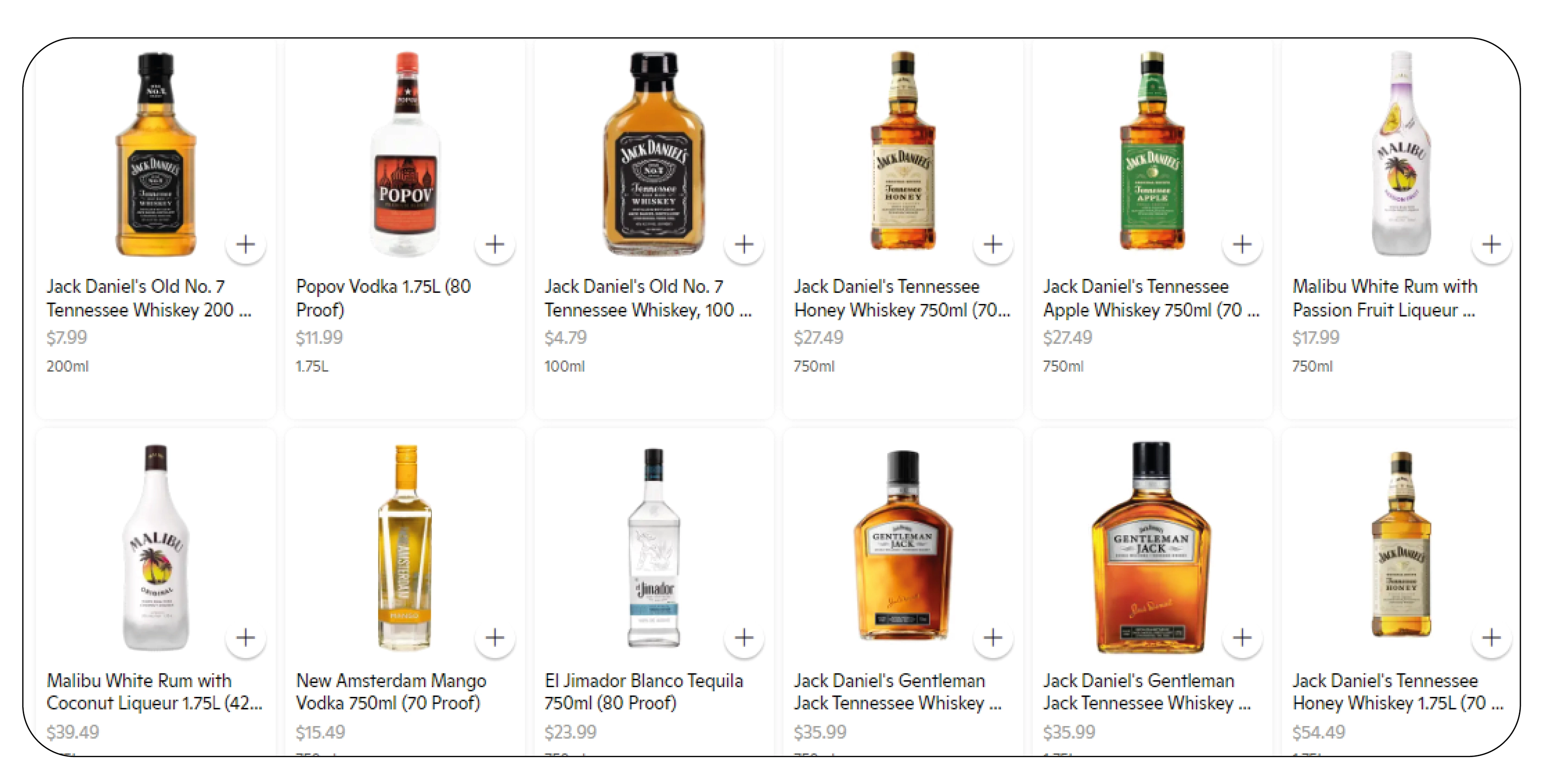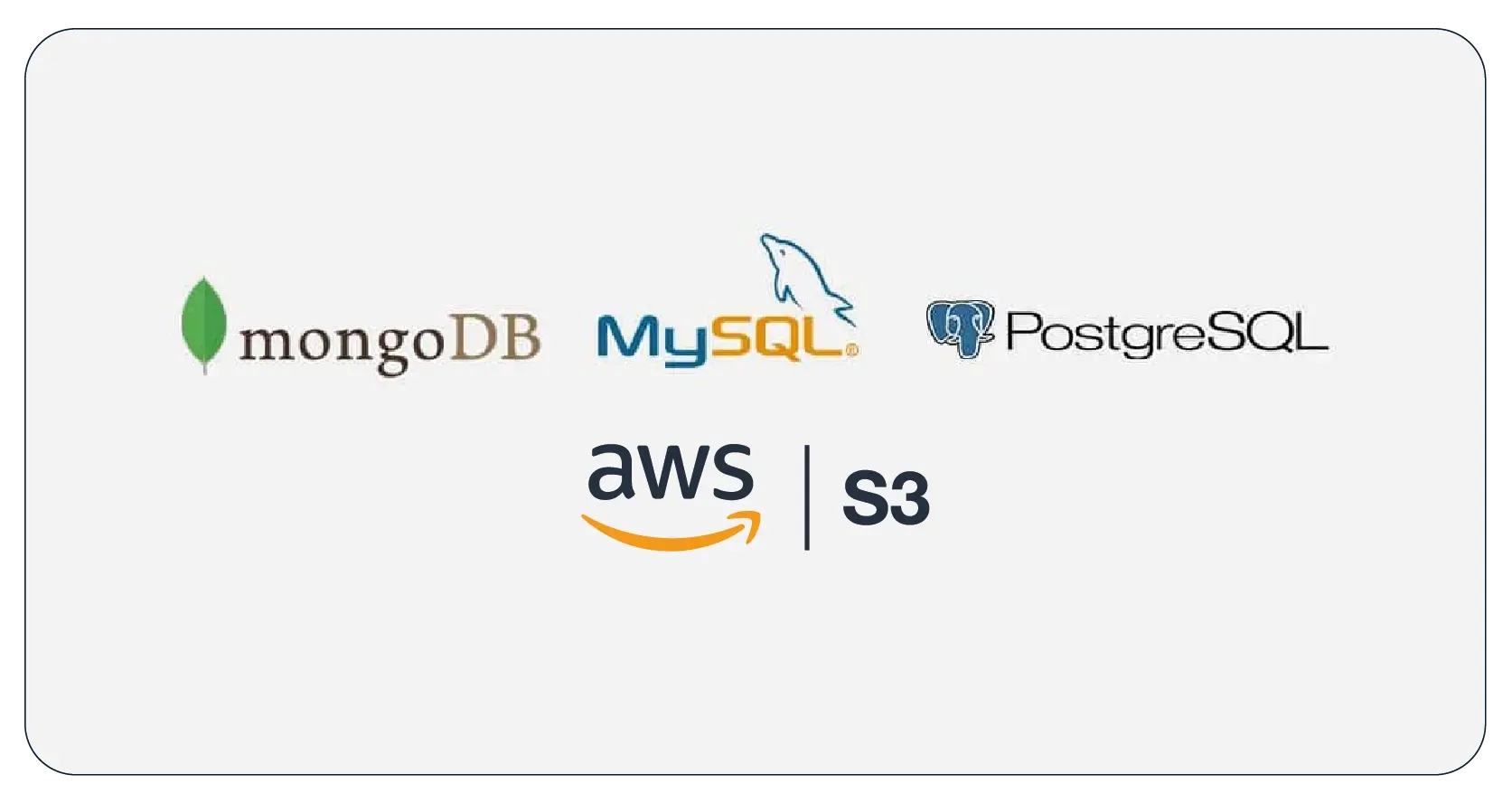
In the fast-paced world of e-commerce, having accurate and timely data is crucial for businesses
aiming to stay competitive. GoPuff, a leading on-demand delivery service in the U.S., has become a
significant player in the quick commerce (q-commerce) sector, offering a diverse range of
products—from groceries to household essentials—delivered at unprecedented speeds. For
companies and analysts looking to harness Gopuff's extensive inventory, product data collection
from Gopuff USA is an essential task. This involves web scraping grocery delivery data from Gopuff
USA to gain insights into pricing, product availability, and consumer trends.
The ability to scrape product delivery app data from Gopuff USA allows businesses to stay ahead by
analyzing competitive pricing, optimizing inventory, and understanding market dynamics.
Additionally, grocery delivery app data scraping from Gopuff USA is vital for businesses looking to
refine their product offerings and marketing strategies. This article explores the critical aspects of
collecting product data from Gopuff, the methodologies involved, the challenges faced, and the
ethical considerations that must be observed in the process, providing a comprehensive guide for
leveraging Gopuff's data for business growth.
Introduction to Gopuff
![]()
Founded in 2013, GoPuff has rapidly become a leading platform in the quick commerce sector,
known for its ultra-fast delivery services. GoPuff can deliver products to customers within minutes
by operating through micro-fulfillment centers, making it a popular choice in urban areas. For
businesses in retail, FMCG, and market analysis, Gopuff USA inventory data collection is invaluable.
This data offers insights into consumer preferences, pricing strategies, and market trends.
Companies can extract liquor delivery data from Gopuff USA, which provides essential information
for refining inventory management and marketing strategies. Additionally, alcohol data scraping
from Gopuff USA allows businesses to stay competitive by understanding product demand and
pricing trends. By leveraging Gopuff's extensive product data, companies can make informed
decisions about product development, pricing, and market positioning, driving growth and
maintaining a competitive edge.
Why Collect Product Data from Gopuff?

Collecting product data from Gopuff offers numerous strategic advantages for businesses:
Market Insights: By collecting Gopuff USA product pricing data, businesses can gain
valuable insights into which products are most popular on the platform. Understanding
these trends allows companies to identify shifting consumer preferences and respond
quickly to changes in the fast-paced e-commerce environment. By analyzing this data,
businesses can better predict which products will perform well, ensuring they stay ahead of
market trends.
Competitive Pricing Analysis: By utilizing Grocery Data Scraping Services to track prices on
Gopuff, businesses can compare Gopuff's pricing with their own or those of competitors.
This comparison enables companies to adjust their pricing strategies effectively, ensuring
they maintain a strong market position and a competitive edge.
Inventory Management: Accessing a GoPuff Grocery DataSet allows businesses to monitor
which products are in high demand on the platform. This information is critical for effective
inventory management, helping businesses avoid the pitfalls of stockouts or overstocking by
aligning their inventory with market demand.
Promotional Strategies: Businesses can fine-tune their promotional strategies by engaging
in Liquor Data Scraping Services and analyzing promotional pricing and product availability
on Gopuff. Understanding how and when Gopuff adjusts prices for promotions helps
companies optimize their own campaigns to better meet consumer demand and ensure they
maximize the impact of their promotions.
Methods for Collecting Product Data from Gopuff

a. Web Scraping
Web scraping involves collecting data directly from Gopuff's website using automated tools. This
method allows for collecting a wide range of data, including product names, prices, descriptions,
images, and availability.
Tools and Techniques: Popular web scraping tools include Python libraries like
BeautifulSoup, Scrapy, and Selenium. These tools can be programmed to navigate Gopuff's
website, extract relevant data, and store it in a structured format.
Data Points to Collect: When scraping Gopuff, key data points to focus on include product
name, SKU, category, price, discounts, availability, customer ratings, and product
descriptions. Additionally, collecting metadata, such as the date and time of the data
extraction, can help track changes over time.
Challenges: Web scraping can be challenging due to websites' dynamic nature. GoPuff may
implement anti-scraping measures like CAPTCHA, rate limiting, or frequent changes to its
site structure. To overcome these challenges, advanced techniques like rotating proxies,
headless browsers, or solving CAPTCHAs programmatically may be necessary.
b. API Integration

Some platforms provide APIs (Application Programming Interfaces), allowing easier data access.
While Gopuff does not publicly offer a dedicated API for product data, businesses can explore
partnerships or third-party services that provide API access to Gopuff's data.
Advantages: APIs generally offer a more reliable and structured way of collecting data than
web scraping. They are less likely to be affected by site changes and often provide additional
data points that are not visible on the website's front end.
Challenges: The main challenge with API integration is gaining access. If Gopuff does not
offer an API, businesses may need to rely on third-party services or negotiate directly with
Gopuff for data access.
c. Manual Data Collection

Manual data collection can be an option for small-scale data collection or ad hoc analysis. This
involves manually browsing Gopuff's website and recording the required data.
Advantages: Manual data collection does not require technical skills and can help collect
small datasets or verify the accuracy of automated methods.
Challenges: Manual data collection is time-consuming, prone to human error, and not
scalable for large datasets.
Data Storage and Management

Once the product data is collected, it must be stored and managed effectively for analysis and
reporting.
a. Databases
Using a database is essential for large-scale data collection. SQL databases like MySQL, PostgreSQL,
or NoSQL databases like MongoDB can store structured data. These databases allow for efficient
querying and retrieval of data for analysis.
b. Cloud Storage
Cloud storage solutions like Amazon S3, Google Cloud Storage, or Microsoft Azure can store data in
various formats, including CSV, JSON, or directly within databases. They offer scalability and
flexibility, making them suitable for handling large datasets.
c. Data Cleaning and Preprocessing
The collected data must be cleaned and preprocessed before analysis. This involves removing
duplicates, handling missing values, and standardizing formats. Tools like Pandas in Python can be
used for this purpose.
Analyzing Gopuff Product Data

Once the data is collected and stored, it can be analyzed for insights. Here are some common types
of analysis:
a.Price Trend Analysis
By tracking product prices over time, businesses can identify trends, such as seasonal price
fluctuations or the impact of promotions. This analysis can help forecast future prices and make
informed pricing decisions.
b. Product Popularity Analysis
Analyzing the frequency of product appearances or customer ratings can help identify popular
products. This information is valuable for inventory planning and marketing strategies.
c. Competitor Analysis
By comparing Gopuff's product offerings and prices with those of competitors, businesses can assess
their market position and identify opportunities for differentiation.
d. Market Basket Analysis
This type of analysis examines the combinations of products frequently purchased together. It can
help in price monitoring, provide insights into customer purchasing behavior, and help design
effective cross-selling and upselling strategies.
Challenges in Product Data Collection

While collecting product data from Gopuff offers significant benefits, it also comes with challenges:
a. Legal and Ethical Considerations
Data scraping and collection must be conducted within legal and ethical standards. Gopuff's terms of
service may prohibit unauthorized scraping, and businesses must comply with these terms.
Additionally, collecting personal data or infringing on user privacy must be avoided.
b. Data Quality Issues
The accuracy and completeness of the collected data are crucial for reliable analysis. Only complete
or accurate data can lead to accurate insights. Businesses must implement robust data validation
and cleaning processes to ensure data quality.
c. Scalability
As the volume of data grows, the methods and infrastructure used for data collection and storage
must scale accordingly. Businesses must invest in scalable technologies and infrastructure to handle
large datasets efficiently.
Ethical Considerations and Best Practices

Ethics play a critical role in data collection, especially when dealing with sensitive information or
when the data collection method may impact the target platform:
Respecting Gopuff's Terms of Service: Ensure that data collection methods comply with
Gopuff's terms of service. Unauthorized scraping or data collection can lead to legal
repercussions.
Transparency: If data is being collected for analysis that will be shared or sold, it's essential
to be transparent about the sources and methods used.
Data Security: Implement strong security measures to protect the collected data, mainly if it
includes sensitive information. Ensure compliance with relevant data protection regulations
like GDPR or CCPA.
Conclusion
Product data collection from Gopuff USA offers businesses a valuable opportunity to gain
actionable insights into market trends, consumer behavior, and competitive strategies. By leveraging
techniques such as web scraping, API integration, or manual methods, companies can extract Gopuff
grocery data to inform their decisions. Access to accurate and timely data enhances the ability to
refine pricing strategies, optimize inventory, and develop targeted marketing campaigns.
However, it is essential to approach data collection with a thorough understanding of legal and
ethical considerations. Ensuring compliance with relevant regulations and best practices is crucial to
avoid legal issues and maintain ethical standards. By adhering to these guidelines, businesses can
fully utilize the insights gained from Gopuff's product data, driving informed decision-making and
fostering sustainable growth in the competitive e-commerce landscape. This strategic approach
helps stay ahead of the competition and make data-driven decisions that align with market demands
and business objectives.
At Product Data Scrape, we strongly emphasize ethical practices across all our services,
including Competitor Price Monitoring and Mobile App Data Scraping. Our commitment to
transparency and integrity is at the heart of everything we do. With a global presence and a
focus on personalized solutions, we aim to exceed client expectations and drive success in
data analytics. Our dedication to ethical principles ensures that our operations are both
responsible and effective.

















